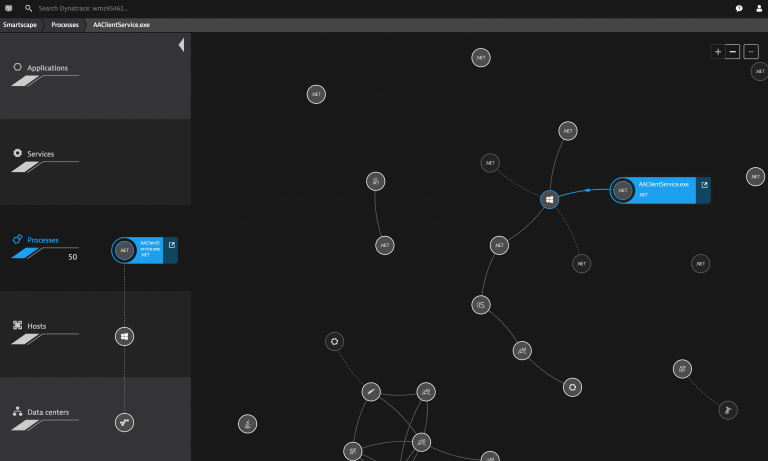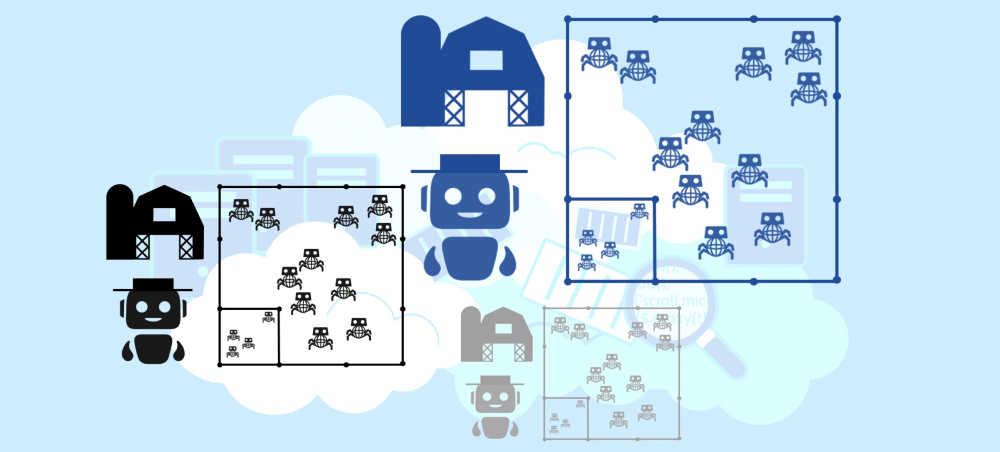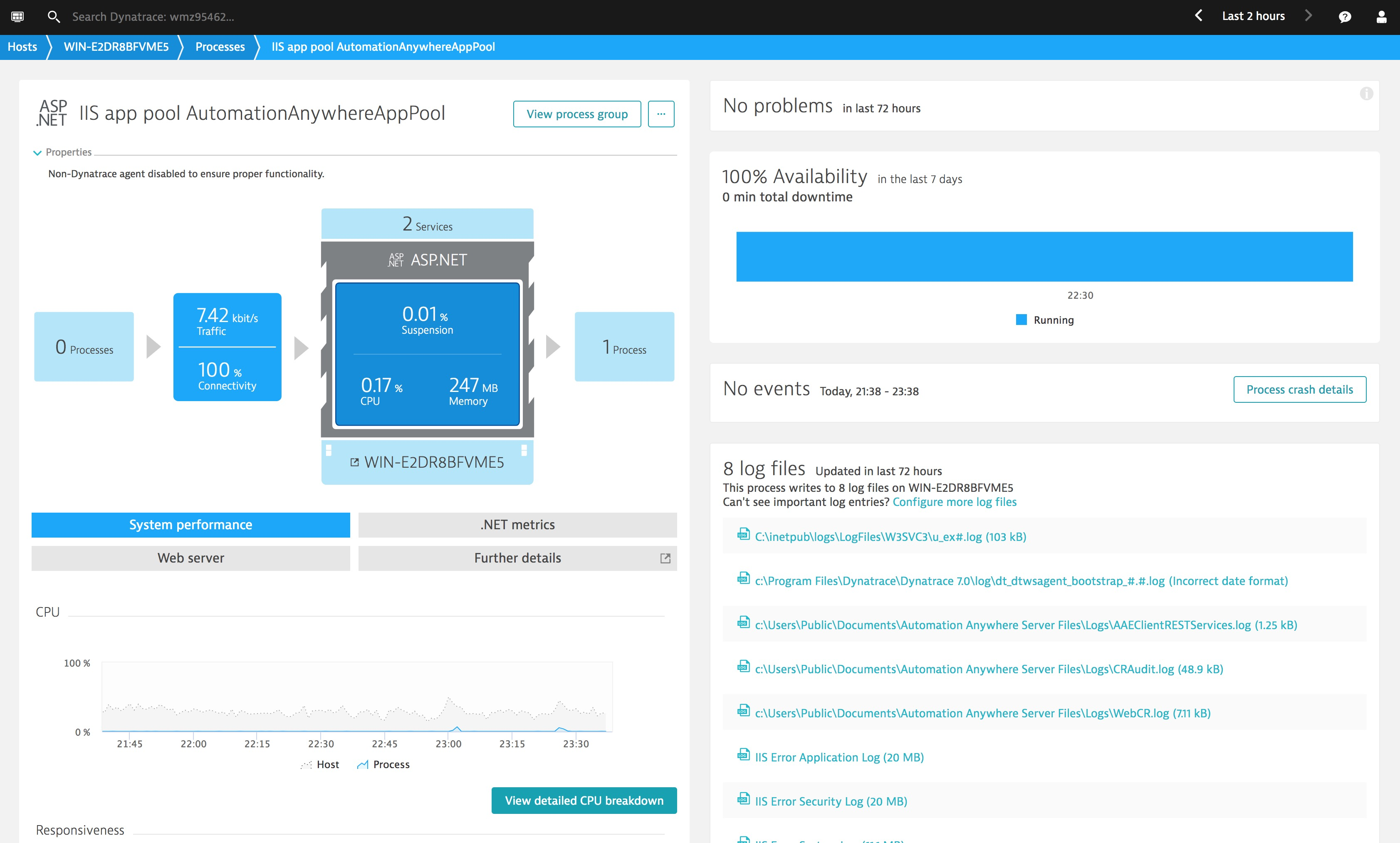


These examples are just the beginning when considering possible RPA use cases. Now, RPA bots armed with optical character recognition (OCR) scans can be placed at the front end of that procedure to approve the majority of receipts, perhaps with humans on hand to do a second pass when receipts are smudged or there's a discrepancy. Before automation, this required employees to visually confirm scans of employee receipts and ensure that totals matched up before approving a claim. HR can also lean heavily on RPA to help with time-consuming manual activities such as the reimbursement claims approval process. For example, RPA can help initiate new accounts, process inbound employee forms, and so on. HR use cases tend to crop up in very formalized but frequent procedures, such as onboarding, that require recurring actions in many systems for each new employee. Similarly, if finance personnel have to do a lot of cutting and pasting from one operational system into another finance system to tally up billable hours or shipped product before sending out an invoice, RPA can automate those actions. This is where low-level employees spend a lot of time processing inbound invoices, reconciling invoices, and issuing payments-running through routine, repetitive tasks each time they do them. One category that makes a good RPA candidate is procure-to-pay use cases. RPA technologies can be used for many different applications, but the easiest places to start typically crop up in finance and human resources. Where RPA makes sense (and where it doesn't) In this way, RPA excels at helping organizations automate and eliminate error from established processes, all without ripping and replacing legacy systems.

Sometimes referred to as "swivel chair" activities, these are processes where people essentially respond to alerts or prompts from one system, then use some of that data to take action in another system. Organizations typically pair RPA bots with tasks that stretch across multiple legacy technology applications or platforms that aren't easily linked. RPA does this by creating software robots, or RPA bots, that emulate human actions to interact with existing application interfaces. Robotic process automation (RPA) technology helps organizations automate defined, multi-step manual tasks that are done in high volume.


 0 kommentar(er)
0 kommentar(er)
